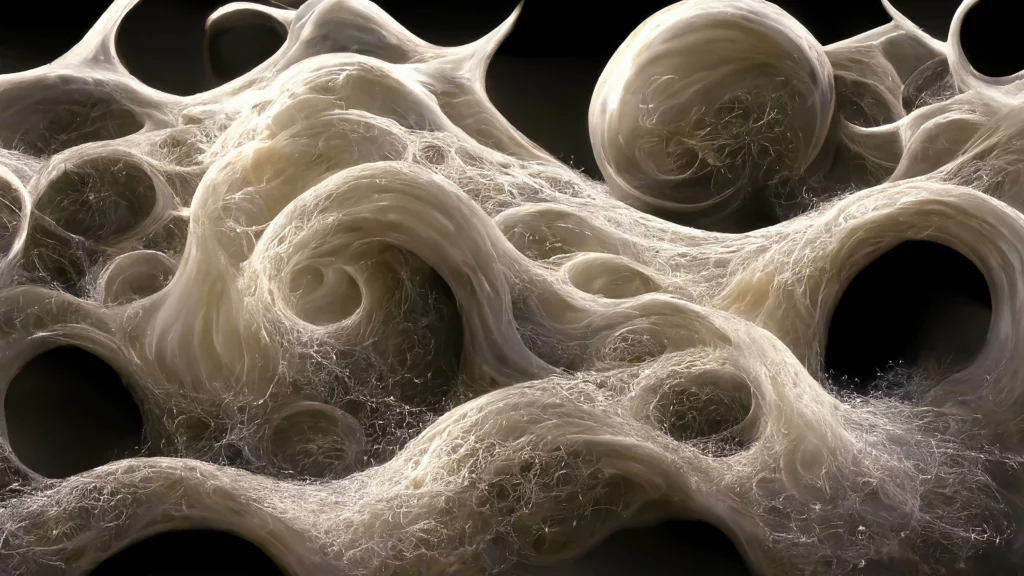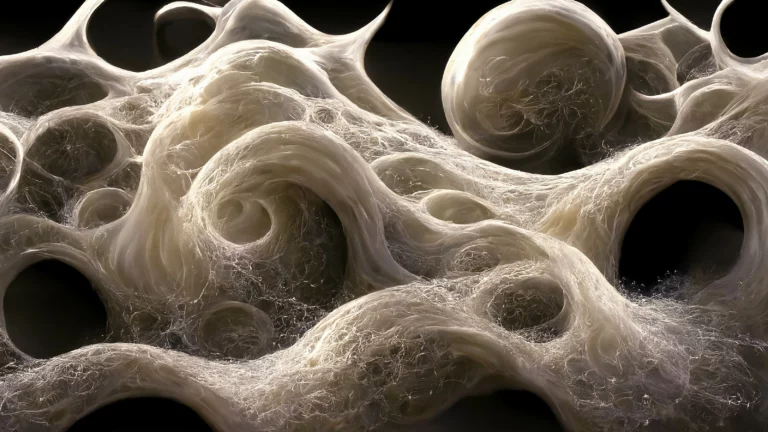The concept of “nothingness” does not correspond to reality since there is a phenomenon known as “quantum foam.”

It’s nothing, really
Suppose scientists were to create an ideal vacuum by removing all the air from a container, what would happen? While removing all matter would mean that energy remains, the container would not be completely devoid of any matter. This is because heat from outside the container can still radiate into the container, just as energy from the Sun can cross empty space to reach Earth. Therefore, even in a vacuum, the container would not be truly empty.
But what if scientists were to cool the container to the lowest possible temperature (absolute zero), such that it no longer radiated any energy, and also shielded it from all external energy and radiation? Would that not result in an entirely empty container?
This is where things get paradoxical, as it turns out that “nothing” is not actually nothing.
The nature of “nothing”
The laws of quantum mechanics can be puzzling, as they predict that particles exhibit wave-like behavior and that cats can exist in a superposition of both alive and dead states. One of the most perplexing quantum principles is the Heisenberg Uncertainty Principle, which states that you cannot simultaneously measure the position and velocity of a subatomic particle with perfect accuracy. This principle also applies to energy, meaning that the shorter the time period in which you measure it, the less precise the measurement will be. In fact, if you try to measure energy in an infinitely short amount of time, the measurement will be infinitely imprecise.
These principles have significant implications for understanding the nature of nothing. Even if you attempt to measure the energy in a supposedly empty location, you still cannot precisely measure zero. Sometimes, when you take the measurement, the expected zero turns out to be non-zero. This is not just a measurement problem, but a fundamental feature of reality: zero energy can be non-zero for short periods of time.
When you combine this peculiar fact with Einstein’s famous equation, E = mc2, the implications become even stranger. This equation suggests that matter and energy are interchangeable, meaning that in a completely empty space with no energy, temporary energy fluctuations can occur, resulting in the creation of matter (and antimatter) particles.
Quantum foam
Empty space at the quantum level is not actually empty, but a lively place with subatomic particles appearing and disappearing unpredictably. This phenomenon is known as “quantum foam,” likened to the behavior of bubbles in beer foam. The reality of the quantum foam has been demonstrated through the measurement of magnetic properties of electrons, which show a slight deviation from expected values in the absence of quantum foam. When the effect of the quantum foam is accounted for, the theoretical predictions match experimental measurements with incredible accuracy to twelve decimal places.
The Casimir Effect, named after Dutch physicist Hendrik Casimir, provides another demonstration of the existence of the quantum foam. The effect involves placing two metal plates in a vacuum and positioning them very close to each other, with only a tiny gap between them. According to the quantum foam theory, this gap should be filled with a fluctuating swarm of subatomic particles that appear and disappear.
The subatomic particles in the vacuum between two metal plates, as predicted by the quantum foam theory, exhibit a range of energies, with a low-energy state being the most probable, but higher energy states can also occur. According to classical quantum theory, particles have both particle and wave-like properties, with waves having associated wavelengths. While all wavelengths can propagate freely outside the narrow gap between the plates, only short wavelengths can exist inside the gap, which causes an imbalance in the number of particle types outside and inside the gap, leading to a net inward pressure. Consequently, if the existence of the quantum foam is real, the plates will be pushed towards each other.
Although scientists had measured the Casimir effect before, it was in 2001 that the effect was finally confirmed using the geometry described earlier. The pressure resulting from the quantum foam is what causes the plates to shift, proving the reality of the quantum foam. The idea that something can come from nothing is no longer just theoretical.
Do not forget to share your opinion with us to provide you with the best posts !




0 Comments